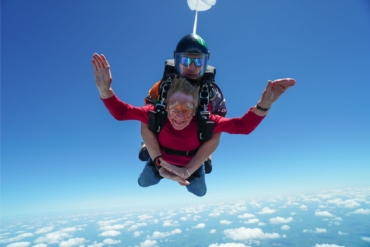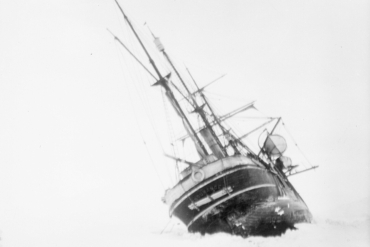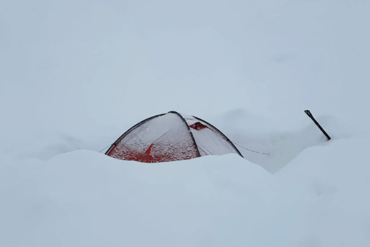
By STEVE GRAEPEL
Packrafts as a product category have emerged in recent years as serious backcountry tools capable of navigating whitewater, big lakes, fjords, or even short ocean stretches. But at 5 pounds, the common whitewater-capable rafts are a little heavy to keep in your backpack and use just for simple river crossings or flat water.
Klymit, a Utah brand, makes a 35-ounce model, the LiteWater Dingy (LWD), for ease of carry when the rugged build is overkill. It comes out this fall for $225.

I originally dismissed the LWD as too light. When it arrived at my door, I thought the order was incomplete. Packed in little more than a shoebox, its flat profile rolled out like an inflatable mattress.
Klymit’s camp pad lineage is clearly applied to the boat, including TPU laminated rip-stop polyester as the base material. It’s pliable, supple and roles into a super small, 5” x 9” package.
(Check out the video from Graepel’s pack raft trip on page 2 of this post.)
The boat is formed from two die-cut swaths of fabric, top and bottom thermo-sealed. Six tie-out points are integrated into the seam to evenly distribute stress. (Strange aside: A warning printed on the hull cautions not to leave the boat in the sun when fully inflated to avoid busted seams due to air expansion!)

The boat has two unidirectional valves in the main body, one to inflate and another to deflate. The valves allow the use of an included 30-liter bag to inflate the raft without spilling air. The boat stays taught while and after blowing it up.
The inflation bag hooks to the valve. You simply shake open the bag to allow air to fill the void, then close the bag and “roll” the air into boat. It’s a little klunky at first but you get the hang of it. I filled the boat in less than 3 minutes.
A seat pad has its own valve to inflate and gives you a little extra lift and insulation.
Klymit designed the boat with a unique teardrop shape that counters the weight of the paddler. When you sit in the boat, your weight displaces this volume into your lower back and thus into a more ergonomic upright position, resulting in a more powerful paddle stroke.
I brought the LWD to the Oregon Coast for a fat bike tour of the south-central coast. The route linked 100 miles of beach, several stream and river crossings, and a 6-mile paddle down the South Slough Estuary into Coos Bay.

Loading the raft, I deconstructed the bike and sandwiched the frame over the bow between a fat tire and my pack. Set with 250 pounds of weight, the sidewalls perched 4 to 5 inches above the surface of the water and remained stable through swells of 2 feet on the Umpqua River.
The LWD flexed much more than my partner’s more rigid Alpacka brand boat (he was quick to nickname me Aladdin). And the flex was at a cost of paddling efficiency (his Alpacka was faster). Yet at 1/3 the weight of the Alpacka Yukon model, I gladly traded speed on the water for light weight in my pack, where the raft spent the vast majority of its time.

Compared to a model like the Alpacka Scout, the LWD is lighter (35oz. versus 51oz.), less expensive ($225 versus $550), and it packs smaller. But the Alpacka is much more durable and can hold more capacity, up to 350 pounds. The Alpacka is faster, and it is the boat you want for serious whitewater where the Klymit could pop.
Lightweight materials sacrifice durability. I steered clear of oyster bed launches and I’d be hesitant about sharp rocks. The deflation valve is a simple push-to-close mechanism. The coupler is toothed and held fast, but it’s not as foolproof as Alpacka’s twist ports. Like any packraft, you’ll want to stay near shore for just-in-case scenarios.
Klymit sets very real expectations for the boat on its site: Mild flat water to very wavy water with easy avoidable obstacles. To me, the boat exceeded these expectations.
The LWD fits the niche for lightweight travelers whose paths cross non-technical waters. I look forward to pushing what can be done with this small craft, which at $225 is also a less expensive option for those who have previously been priced out of the sport.
—Boise resident Steve Graepel is a medical illustrator, a father, a crook and a thief—conning his friends to steal time away to pursue his endurance vice. To read more from Steve, check out his posts on the National Geographic Adventure blog and The Cleanest Line.
(Check out the video from Graepel’s pack raft trip on page 2 of this post.)






